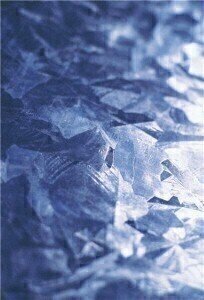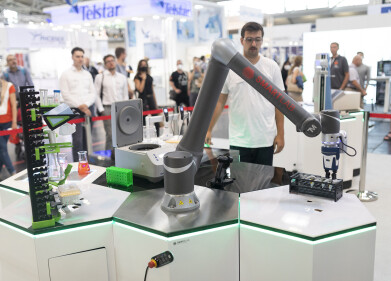-
 Rods of rust could give HD capabilities to laboratory products
Rods of rust could give HD capabilities to laboratory products
News & Views
HD laboratory products could be created with rusty nanorods
Mar 15 2011
When coated with silicon dioxide, fragments of iron oxide form nanorods which permanently keep a structure similar to that of a pea pod, say researchers from the University of California - Riverside.
In turn, these structures respond to the presence of a magnet, becoming aligned and emitting coloured light whose frequency varies according to the flux strength and angle of the field lines.
Yadong Yin, who worked on the study, says: "We have essentially developed tunable photonic materials whose properties can be manipulated by changing their orientation."
The news could lead to new high-definition displays for laboratory products, other technical instrumentation and mass-market electronics.
In 2007, the team first announced the discovery of the field effect on iron oxide particles in water, but the ability to create the nanorod structure is a more recent development.
Digital Edition
Lab Asia 31.2 April 2024
April 2024
In This Edition Chromatography Articles - Approaches to troubleshooting an SPE method for the analysis of oligonucleotides (pt i) - High-precision liquid flow processes demand full fluidic c...
View all digital editions
Events
InformEx Zone at CPhl North America
May 07 2024 Pennsylvania, PA, USA
May 14 2024 Oklahoma City, OK, USA
May 15 2024 Birmingham, UK
May 21 2024 Lagos, Nigeria
May 22 2024 Basel, Switzerland






.jpg)










